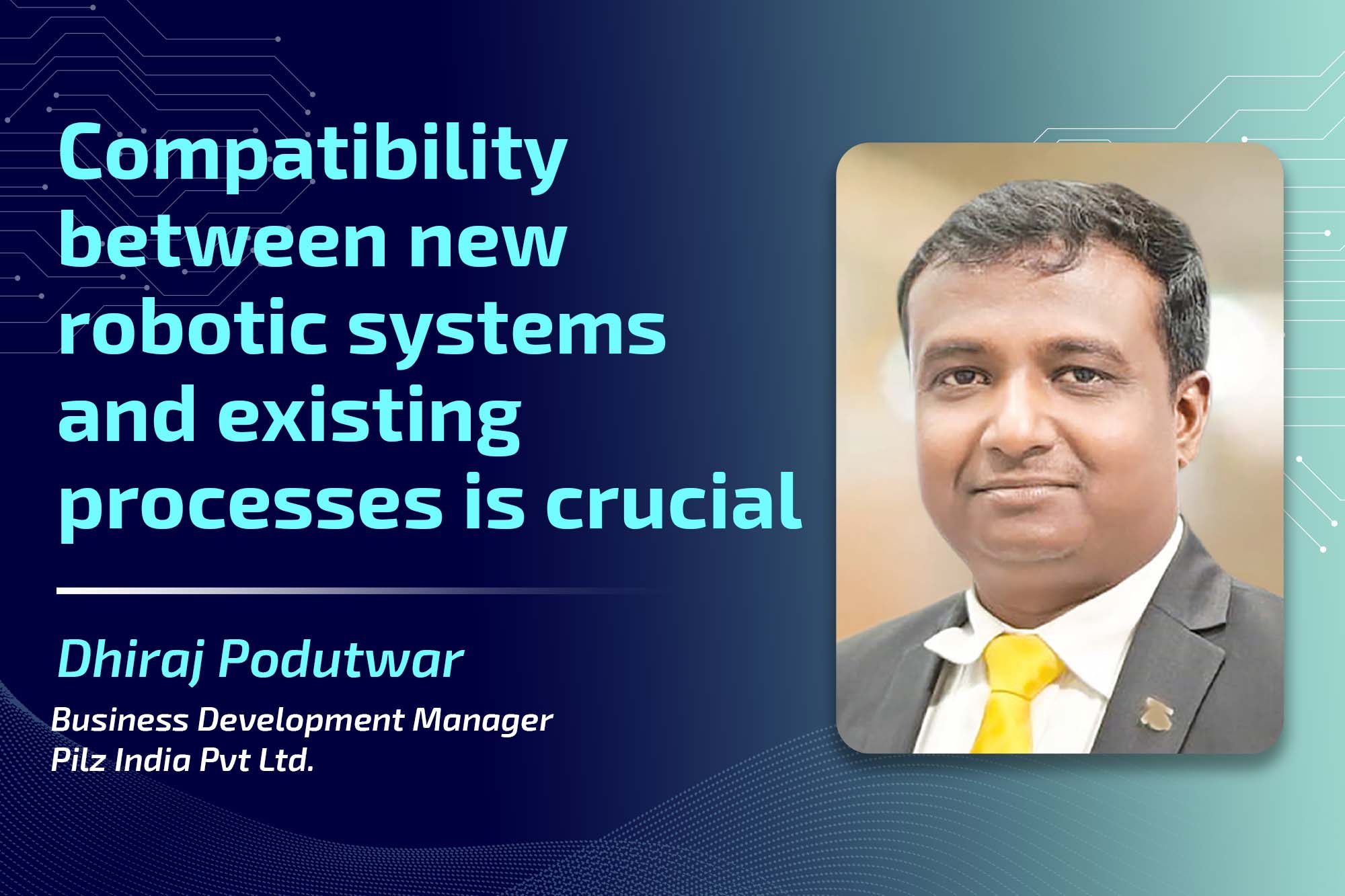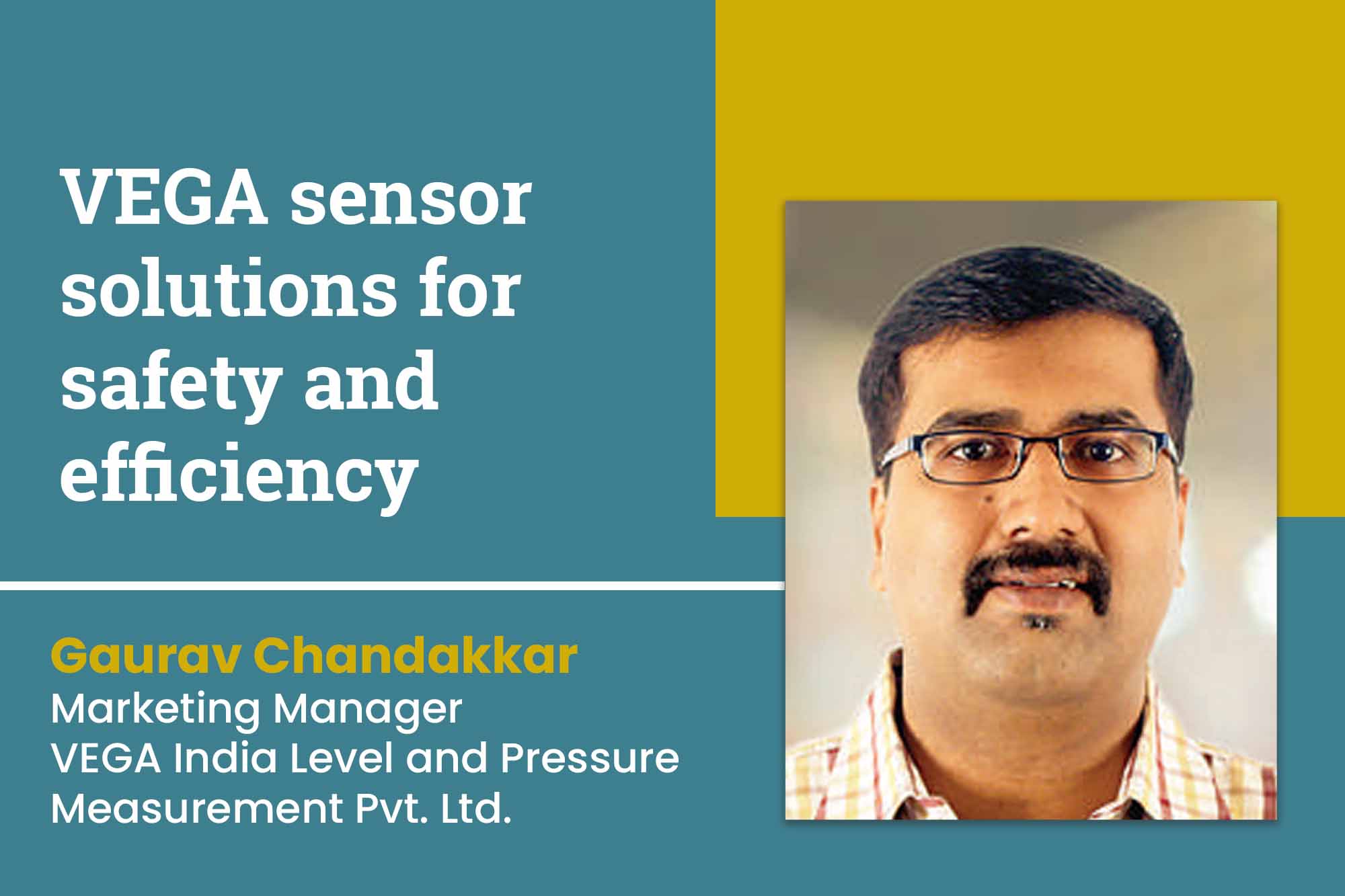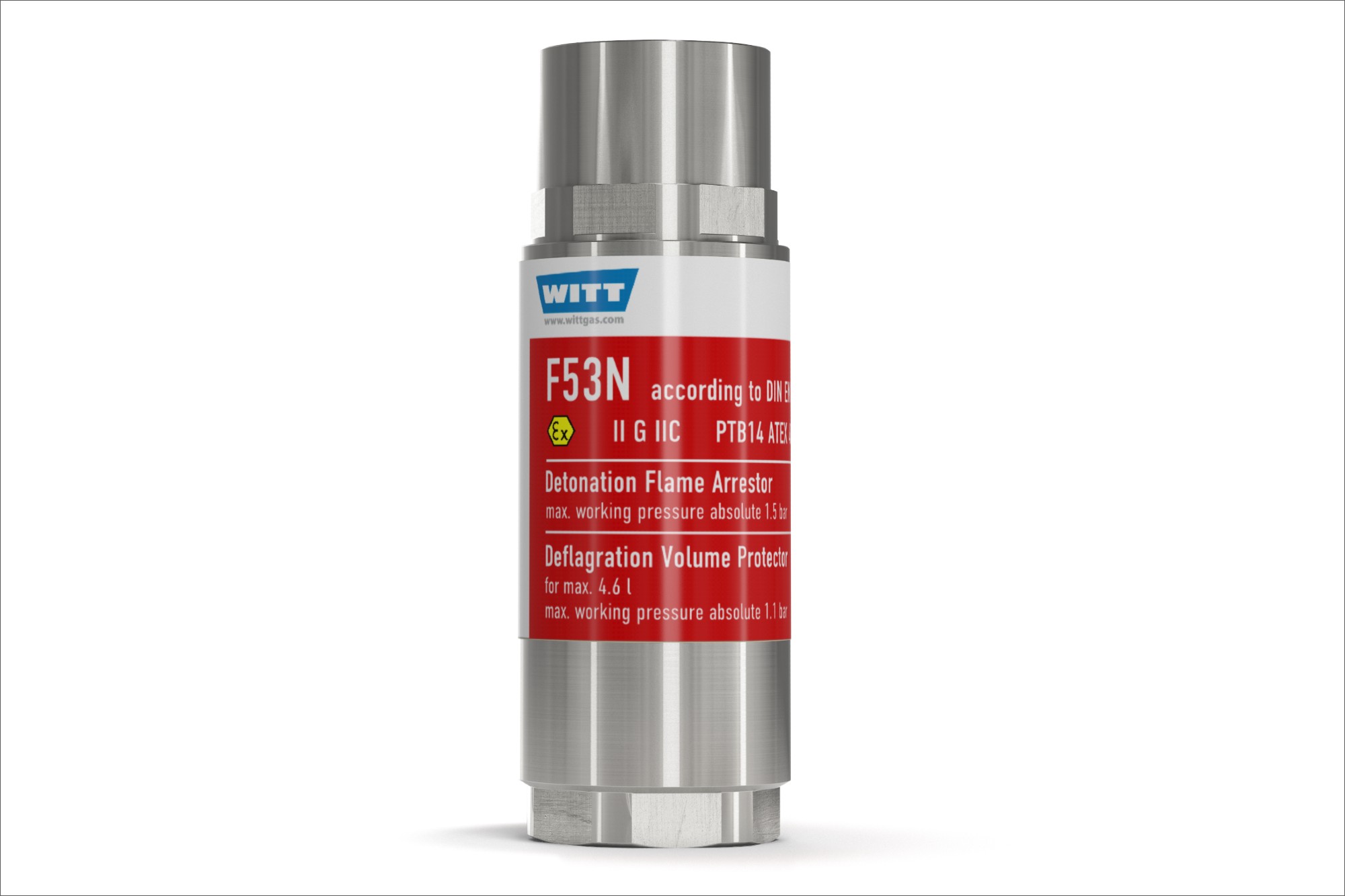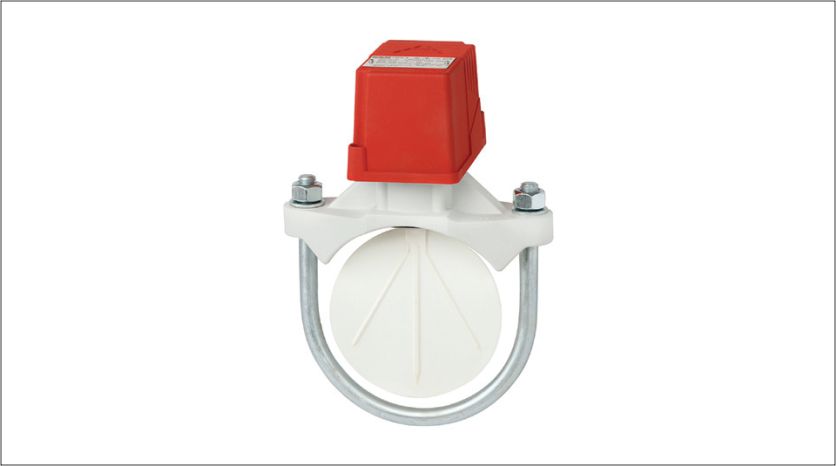Industrial Safety & Maintenance – A Growing Concern
By admin August 16, 2010 8:58 am IST
“Planned maintenance (PM) strategies improve mean time between failures (MTBF), reliability, overall productivity, equipments life and ultimately reduce the total cost of equipment ownership. This opportunity to make these improvements in a utility industry generates significant interest in planned maintenance strategies for any Indian utility industries that must manage mission critical equipments” explains Abhishek Pande, Business Development Manager of JK Coil Coatings.
With the growing industrialization, the necessity of industrial maintenance has become one of the most critical areas. The regular and proper maintenance not only safeguard the CAPEX involved, but also regulate the OPEX up to a greater extent. The performance or productivity of any industrial plant depends a lot on its quality maintenance. The more effective maintenance schedule of a plant is proportional to the effective performance, hence invariably controls the overall growth. Thus, the industry needs to bestow due consideration to the proper and timely maintenance of equipment and machineries to increase their efficiency and longevity.
Importance of Industrial safety and Maintenance are:
• Provision and maintenance of plant and systems of work in the factory that are safe and without risks to health
• Arrangement in the factory for ensuring safety and absence of risks to the health in connection with the use, handling, storage and transport of articles and substances
• Provision of such information, instruction, training and supervision as are necessary to ensure the health and safety of all workers at work
• Maintenance of all places of work in the factory in a condition that is safe and without risks to health and the provision and maintenance of such means of access to, and egress from, such place as are safe and without such risks
• Provision, maintenance or monitoring of such working environment in the factory for the workers that is safe, without risks to health and adequate as regard facilities and arrangements for their welfare at work.
These are some statutory commandments for the employer to safeguard the life of his employees and evidently show the importance of industrial safety.
The employee on his part has to restrain himself from any unsafe act leading to injury or impairment of health.
There has been a phenomenal growth in employment, wages, benefits, working conditions, status of the workers, educational facilities etc. with the growth and spread of industry. Moreover, career patterns have also changed widely by providing change for wide varieties of jobs to the working communities. This has been possible only through fast industrial development which in turn depends on Industrial peace.
There has been an acute necessity in India especially during the post-independence period, to industrialise the economy in order to tackle the multifarious socio-economic problems. In the words of Pandit Jawaharlal Nehru, “The alternative (to industrialization) is to remain in a backward, under-developed, poverty-stricken and a weak country. We can’t even retain our freedom without industrial growth”. Hence one of the main goals of the Five Year Plans in India has been rapid industrialization and more employment in secondary and tertiary industries. It is also viewed that one of the essential steps for building up an economically free and self-sustaining India is large-scale industrialization at rapid and steady growth.
With the attainment of independence and with the launching of Planning era, serious and earnest efforts have been made towards rapid economic development of India. India has been in the midst of an ambitious and critically important effort to raise the living standards of her people by an integrated, industrial and economic development plan. The size of Industrial labor in India has increased remarkably due to rapid and planned industrial development. The increase in Industrial labor led to the formation and development of trade unions and various social groups. It has also been recognized that management would be disorganized, ill-equipped and ineffective. It is realized that the concrete co-operation between labor and management is highly essential to fulfill the demonstrated the fact that, an economy organized for planned production and distribution, aiming at the realization of social justice and the welfare of masses can function effectively only in an atmosphere of industrial peace.
All these necessitate the maintenance of harmonious industrial relations so as to maintain higher productivity to fulfill the goals of the Five Year Plans in India. The investment in and the scope of industries in India have been growing plan after plan. Much of the success or failure of Indian Five Year Plans would be dependent on the maintenance of harmonious employee-employer relations frequent industrial conflicts not only affect the management and labor but also tend to impoverish the community as a whole. They lead to wastage, formant class hatred, embitter mutual relations and inflict damages on the progress of the nation. They affect production and national income in an adverse manner. They also clog the progress and development of the nation. Further, it is not an exaggeration to say that if we are successful in industry the answers to class-antagonisms and world conflicts become easier.
The strategic maintenance management (SMM) forms an integral part of the management process in a power utility industry in a deregulated market. Hence this is one of the most important and critical management areas in deregulated power market. High value equipment-intensive utility industries that successfully adopt SMM practice can reduce maintenance costs and improve productivity through superior planning and may become more responsive to market demands through improved flexibility and agility. To achieve in the SMM field, the power utility industry needs visibility into three main areas of maintenance planning: short term, outage and long term planning. Planned maintenance (PM) strategies improve mean time between failures (MTBF), reliability, overall productivity, equipments life and ultimately reduce the total cost of equipment ownership. This opportunity to make these improvements in a utility industry generates significant interest in planned maintenance strategies for any Indian utility industries that must manage mission critical equipments.
Challenges for the industry
Thousands of hazardous waste sites represent the grim legacy of irresponsible ‘progress,’ or unrealized risks from man-made activities previously considered to be harmless. While regional differences exist in the types of chemicals, size and type of contaminated sites, and a potential for re-use of these areas, the hazardous nature of environmental pollution at exorbitantly high levels and the uncertainty of the magnitude of health risks associated with such waste sites are important international issues.
Knowledge that has been developed in the Superfund Basic Research Program is critical for identifying the types of toxicity induced and the conditions of exposure that result in disease; recognizing mechanisms of intoxication; determining bioavailability relevant to various routes of exposure; and developing biomarkers of exposure and effect that cover exposures ranging from the high-dose exposures traditionally used in toxicological research to low-dose exposure scenarios likely to exist at Superfund sites. Equally important is a focus on more accurate assessment of risk associated with Superfund sites and reduction of risk through the evaluation and development of remediation technologies. In turn, many governmental and academic research centers in India and abroad have been collecting information on health effects of soil, air, food and water contamination at the local hazardous waste sites; studying the mechanisms of such harmful effects on the human body; and devising and testing novel remediation technologies.
Cookie Consent
We use cookies to personalize your experience. By continuing to visit this website you agree to our Terms & Conditions, Privacy Policy and Cookie Policy.




















